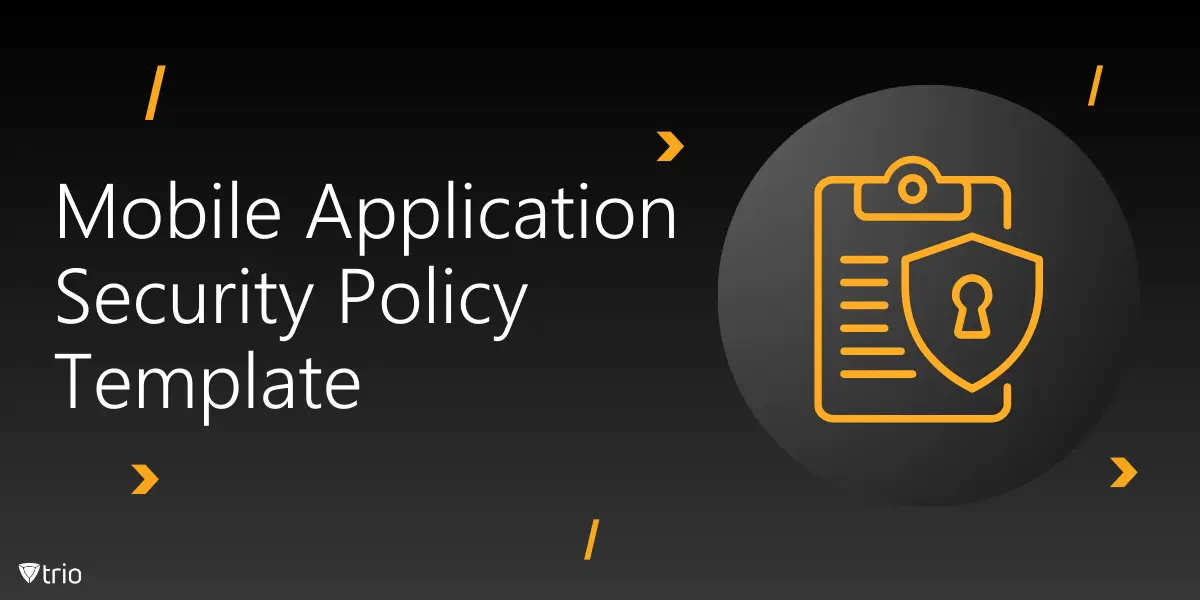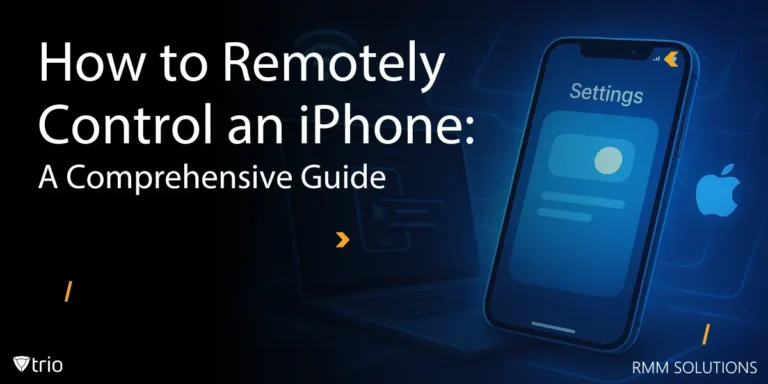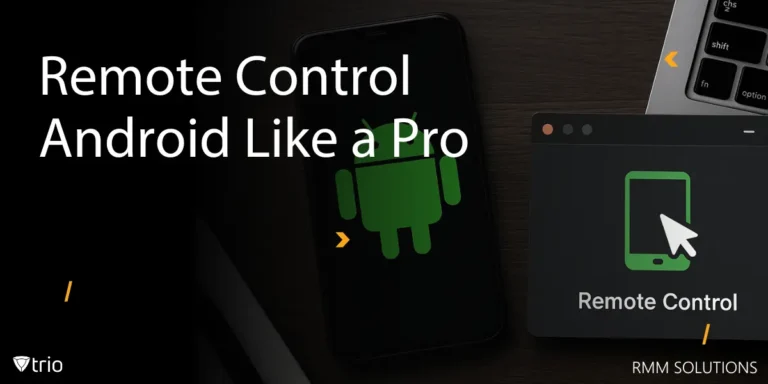In today’s digital landscape, mobile applications are integral to business operations, but they also pose significant security risks. From data breaches to unauthorized access, the threats are numerous, making it essential for organizations to implement robust security measures. Over 70 percent of applications have at least one security vulnerability. A well-defined Mobile Application Security Policy Template helps organizations establish guidelines and procedures to secure their mobile apps, protect sensitive data, and comply with relevant standards.
Why a Mobile Application Security Policy is Essential
A Mobile Application Security Policy is crucial because it establishes a clear framework for safeguarding mobile applications against a wide range of security threats. As mobile apps handle sensitive data, including personal and financial information, they become prime targets for cyberattacks, such as data breaches, unauthorized access, and malware infiltration. Without a robust policy in place, organizations are at risk of exposing their data, customers, and overall operations to significant vulnerabilities. This policy ensures that security measures are systematically integrated into every stage of the mobile application lifecycle—from development and testing to deployment and maintenance—creating a proactive approach to threat mitigation.
Moreover, a well-defined Mobile Application Security Policy helps organizations comply with industry regulations and standards, such as GDPR, CCPA, and PCI DSS, which mandate stringent data protection protocols. Non-compliance with these regulations can result in severe legal and financial repercussions, including fines, reputational damage, and loss of customer trust. By implementing a policy that addresses secure coding practices, data protection, and incident response, organizations not only protect their assets but also demonstrate a commitment to maintaining high security and privacy standards. This proactive stance not only minimizes risks but also strengthens the organization's overall security posture.
Key Elements of a Mobile Application Security Policy Template
Creating a Mobile Application Security Policy Template involves addressing several critical areas that ensure the security of mobile applications throughout their lifecycle. Here’s what your template should include:
1. Secure Development Practices
Secure development practices are the foundation of any mobile application security policy. This section should cover the adoption of secure coding standards, regular code reviews, and the evaluation of third-party components to minimize vulnerabilities from the outset.
2. Data Protection Measures
Protecting sensitive data is a top priority. The policy should mandate encryption for data at rest and in transit, limit the collection of personal data, and enforce strict access controls to prevent unauthorized data access.
3. Authentication and Authorization Controls
Robust authentication methods, such as multi-factor authentication (MFA), ensure that only authorized users can access mobile applications. Additionally, session management protocols should be in place to manage user sessions securely.
4. Mobile Security Application Testing Requirements
Regular security testing, including vulnerability assessments and penetration testing, helps identify and address potential security gaps. Incorporating both static and dynamic Mobile Security Application assessment methods ensures comprehensive coverage.
5. Incident Response Protocols
A clear incident response plan outlines how to handle security incidents involving mobile applications. This section should include reporting procedures, response steps, and post-incident evaluations to prevent future occurrences.
6. Compliance and Regulatory Requirements
Ensuring compliance with data protection and privacy regulations is crucial. The policy should outline how the organization will meet these legal obligations, including having transparent privacy policies and securing user data.
7. Monitoring and Logging Activities
Ongoing monitoring of application usage and security logs helps detect unusual activities that could signal a security breach. This section should detail the tools and procedures for monitoring application security.
Implementing Your Mobile Application Security Policy
Implementing a Mobile Application Security Policy requires careful planning, collaboration, and continuous effort across the organization. The first step is to involve key stakeholders, including IT security teams, developers, and application owners, to ensure that the policy is comprehensive and tailored to the organization’s specific needs. Training developers on secure coding practices and familiarizing them with the policy’s requirements is essential to integrating security into the development process. Regular code reviews, vulnerability assessments, and penetration testing should be mandated to identify and address potential security issues before applications are deployed. Furthermore, clear communication channels should be established to report security incidents promptly, ensuring that response teams can take immediate action.
Ongoing monitoring and updates to the policy are also crucial to its successful implementation. As new security threats emerge and technology evolves, the policy must be reviewed and revised regularly to remain effective. Organizations should establish a schedule for policy audits and assessments to ensure compliance with security standards and to identify areas for improvement. Additionally, fostering a culture of security awareness among all employees, including non-technical staff, can significantly enhance the overall effectiveness of the policy. By prioritizing security in every aspect of mobile application management, organizations can better protect their digital assets, maintain compliance, and build a resilient defense against cyber threats.
Conclusion
A Mobile Application Security Policy is a critical component of an organization’s overall security strategy. By establishing clear guidelines for secure development, data protection, and compliance, organizations can significantly reduce the risks associated with mobile applications. For a practical and adaptable approach, download our Mobile Application Security Policy Template and start implementing a security framework tailored to your organization’s needs.
Explore our Mobile Device Management solution, Trio, to further enhance the protection of your mobile applications. Try Trio today with a free trial and experience advanced mobile application security tailored to your organization!
Get Ahead of the Curve
Every organization today needs a solution to automate time-consuming tasks and strengthen security.
Without the right tools, manual processes drain resources and leave gaps in protection. Trio MDM is designed to solve this problem, automating key tasks, boosting security, and ensuring compliance with ease.
Don't let inefficiencies hold you back. Learn how Trio MDM can revolutionize your IT operations or request a free trial today!





